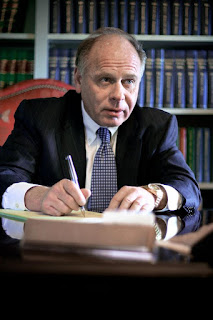basic physics
The Periodic Table is a game plan of substance components
which are arranged all together by expanding nuclear numbers in vertical
sections alluded to as gatherings, and level lines known as periods. It is a
creative instrument in science and different parts of science. Dmitri Ivanovich
Mendeleev, a Russian scientific expert, established the Period Law and the
establishment for the Periodic Table. The Periodic Law expresses that
components are arranged by expanding mass. Henry Mosley, an English physicist,
sorted out the components as per expanding nuclear number, which is utilized in
the cutting edge Periodic Table. There are at present 118 components on the
Periodic Table, 90 of which are found in nature, and the rest were created by
mankind. Periodic Table
Synthetic components are substances which can't be
synthetically separated into littler substances. The components of the
intermittent table are recognized by their nuclear numbers, which are the
quantity of protons in the cores inside the particles of the components. The
quantity of electrons in a molecule are proportional to the quantity of
protons. There are three obvious parts to every component on the Periodic
Table, which are the nuclear number, the component's image, and its nuclear
mass. The nuclear number is the quantity of protons in a component's particles,
the image is comprised of a couple of letters which speak to the component, and
the nuclear mass is the mix of the majority of protons and neutrons. For
instance, the component Carbon's image is C, its nuclear number is six, and its
nuclear number is twelve.
The components are separated into a few gatherings inside
the Periodic Table. A lion's share of the components are metals, which are
limited to soluble base metals, basic earth metals, progress metals, and inward
change metals. The last section to one side of the table are known as latent
gases. The section before inactive gases are incandescent lamp. Like inactive
gases and incandescent light, the four gatherings before these two segments are
likewise non-metals. The initial two gatherings, starting with Hydrogen and
Beryllium, are 1A and 2A; the gatherings starting with Boron, Carbon, Nitrogen,
Oxygen, Fluorine and Helium are 3A through 8A. The metals in the middle of 1A
through 8A are 1B through 10B.
The Periodic Table of components is basic in science since
it contains basic data which enables scientists to recognize a component's
properties because of the table's arrangement. With this information,
scientific experts can anticipate synthetic responses due to the various
gatherings (metals, idle gases, metalloids, and so on.), and they can decide
the relationship of various components with one another. Visit This Website=http://teachscience.sg/
Article Source:
https://EzineArticles.com/master/Alliyah_Beltran/2372496
Article Source: http://EzineArticles.com/9617424


Comments
Post a Comment